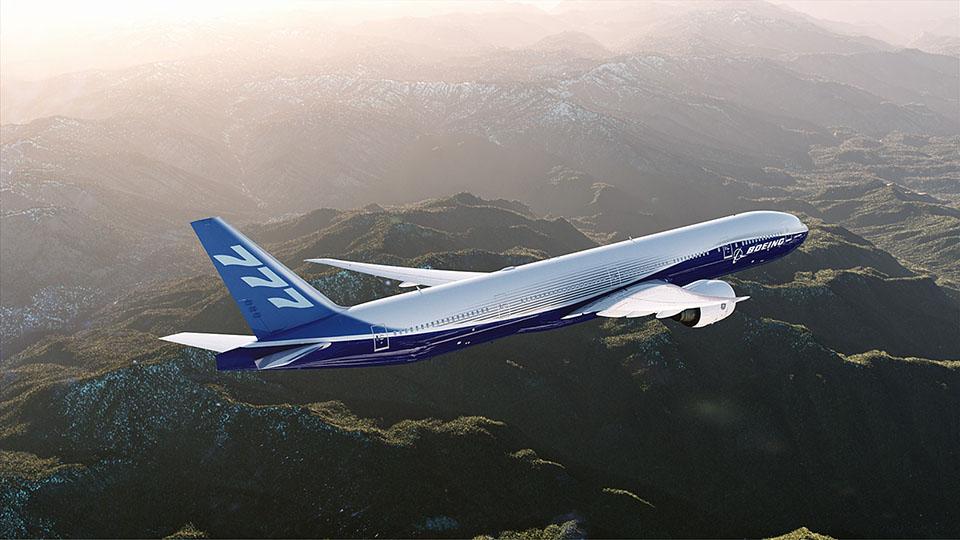
WASHINGTON—The U.S. FAA will order Boeing 777 operators to validate the accuracy of fuel-quantity check systems following reports that inaccurate tank status data caused aircraft to depart with too little fuel for their planned missions, leading to at least 10 diversions.
The issue affects center wing tank (CWT) fuel quality indication systems (FQIS) data, the FAA explained in an airworthiness directive set for publication June 3. An FQIS “design flaw” causes the FQIS display to mis-state the amount of fuel in the CWT. The FQIS reports the amount of fuel, via weight, in fuel tanks, and fueling systems rely on this figure when adding fuel. If the FQIS overstates the amount of fuel onboard when fueling starts, too little fuel can be loaded.
“Comparing the fuel volume upload with the final fuel load mass, which also accounts for the remaining fuel in the tanks from previous flight, is not an easy calculation and is prone to significant inaccuracies,” the FAA said, adding that it has “received reports that verification tasks are either not accomplished or done incorrectly.”
Onboard fuel management systems report fuel-quantity anomalies within the first several hours of a flight. Discrepancies trigger advisory messages that prompt crews to monitor the aircraft’s fuel system.
In some cases, a misstated fuel load combined with a crew’s decision to continue flying can lead to diversions. The FAA said that it knows of “at least” 25 in-service events linked to fuel-quantity inaccuracies. Sixteen of the flights opted to continue, but 10 of those were forced to divert before reaching their destinations because of low-fuel conditions.
Boeing is developing a permanent fix for the FQIS problem. In the interim, the FAA will require operators to perform a new FQIS validation process, the “refueling station door cycling procedure,” within 30 days and following any CWT refueling. The issue does not affect other tanks.
Documentation of each check must be provided to flight crews, so they are aware that the validation has been done. The FAA also is requiring operators to document their general FQIS validation procedures and submit them to the agency.
The directive applies to 777s with CWTs having a capacity of at least 26,100 U.S. gallons. The agency said 255 U.S.-registered 777s will be affected by the rule.






Comments